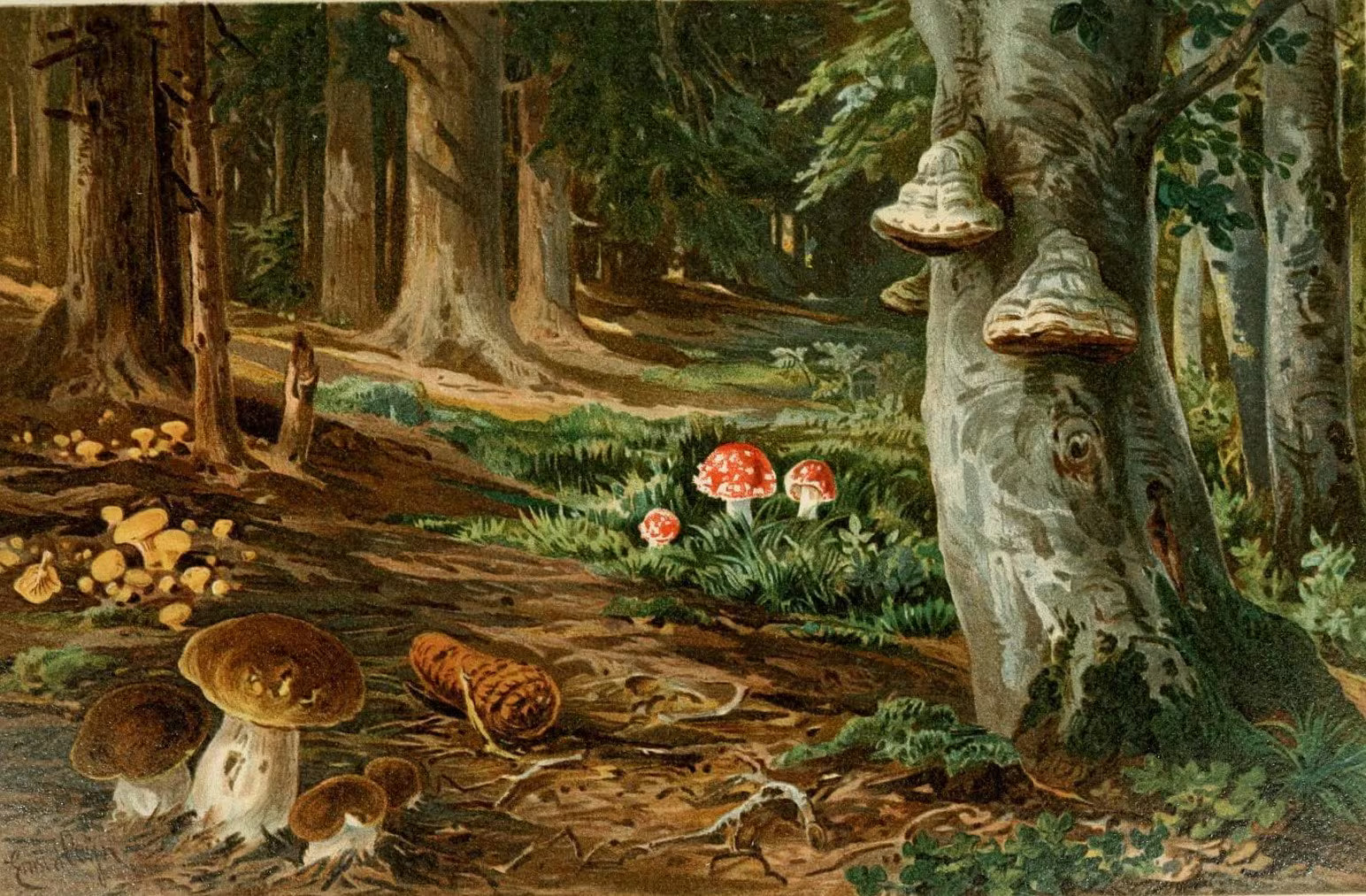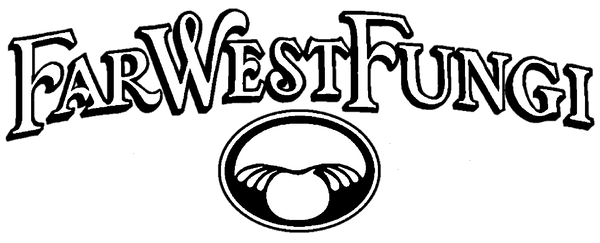
John Muir famously said, "The woods are calling, and I must go." Do you ever feel this way, but have no idea where start, or how to safely approach a foray into the forest without getting lost, or foraging for the wrong things? Here are our best tips and secrets for finding your way, as well as finding the wild treasures the woods hold in store.
1. Prepare for your journey.
The woods are everywhere, I can just pull over somewhere on the side of the road and walk in, right? Nope! Please don't do that. The first step of any adventure is planning where it will take place. Research local State Parks, preferrably areas with dense tree cover, but with well-maintained trails. There are many resources on social media, where other hobbyists share their favorite spots. Check local Facebook groups, and reach out to your Mycological Society if you can. Familiarize yourself with trail maps, plan your route, and understand your bearings before setting foot in the woods. Take a physical map with you if possible -- do not expect to rely on cellphone GPS data, as you never know when you might loose service in remote places. Do make sure that your device is with you and fully charged, because the ability to take photos in the field can be essential to identification. Know what time the sun sets at your time of year, and allow yourself at least an hour to get out of the woods before it does.
2. Pack wisely.
Always wear high visibility bright colored clothing when venturing into the woods. Mushrooms can't see you sneaking up on them, so there is no need to camouflage! Avoid hunting accidents and getting lost by making sure that other humans can see and identify you from far away in the shadowy woods. Well-fitting, weather proof footwear is an absolute must. Long pants and sleeves are recommended, even in summertime.
Essential Pack List:
- Folding poncho
- Wicker basket, canvas, or paper bags for gathering mushrooms
- Folding knife and small brush for harvesting and cleaning
- Scissors or shears if you plan on foraging woody plant matter
- Field guides for identification. Choose guides with color photographs, rather than illustrations.
- Whistle - in case you get lost, this is essential for alerting others to your location
- Compass
- Flashlight or headlamp (preferred)
- A baseball cap with a sturdy bill will protect your face when stooping under branches
- Pepperspray or bear spray in case of encounters with wildlife
- A fanny pack is preferrable to a backpack, if you can fit everything in it, as a backpack is more likely to be snagged by branches as you duck through undergrowth.
3. Do your research.
Figure out what is growing in season for your time of year, so you know what you're looking for. Familiarize yourself with a few edible varieties that have very clear identifying characteristics, and focus on perfecting your knowledge of them. The safest wild mushrooms to forage are:
- Lions mane
- Puff balls
- Chanterelles
- Tree Oysters
- Chicken of the Woods
- Cauliflower (Sparassis)
- Porcini
- Morels
These don't have many poisonous lookalikes, but are not fool proof, so make sure you are aware of other possibile identifications. Conversely, familiarize yourself with what you absolutely do NOT want to harvest. Know what grows in your area that is poisonous, and make sure to avoid anything that looks even remotely like it! Life would be much easier if there was a simple rule of thumb for telling the poisonous mushrooms from the edible ones (If you rub it on something silver and it turns black, it's poisonous -- false! A wive's tale!). Do not trust that if other animals have clearly nibbled on it, that it must be edible for you.
It's likely that 90% of the mushrooms you find in the woods are not edible. The challenge of identifying the vast array of different varieties can be just as fun and rewarding as picking mushrooms to eat. Once picked, many mushrooms deteriorate rapidly, so the best thing to do is document them carefully in their natural habitat, and identify them later with photos and guidebooks. When taking photos for ID, make sure to capture the mushroom from all angles: Cap, gills, stem, and base. It helps to pick one and snap it in half to see what the inside of the stem is like, whether it stains a different color when bruised, and if the gills bleed any beads of latex when disturbed. All of these factors are essential in determining what you have found.
4. Be Ethical
Take what you can use, but always leave some for others, and for the forest. If you stumble on the motherlode of Chanterelles, don't drag home hundreds of pounds just because you found that many. Respect the fact that every part of the forest plays a role in the ecosystem, so leave enough behind for it to continue serving its purpose. A good woodsman leaves no trail. Don't kick over mushrooms you can't identify, snap branches, or disturb things for no reason. You are a guest in the forest, so mind your manners.
5. Additional Tips
- Understanding environmental factors is just as important as identifying what you are foraging for. Learn what kind of trees certain mushrooms are associated with, and what kind of soil they like. A tree identification guide can be almost as helpful as a mushroom guide.
- Some mushrooms have partnerships with "indicator species." That is, if you see a certain type of other mushroom, it can be a sign that other more desireable ones are around -- porcini, for example. Learning to identify indicator species will take your foraging skills to the next level.
- Keep an eye on the weather. Some mushrooms need a certain number of inches of rain in a season before they will start fruiting (4 inches for porcinis). Others, like morels, will not fruit until the soil temperature has fluctuated in certain ways, and a certain amount of mountain snowpack has melted. It's also rumored that all mushrooms like to fruit in the atmospheric charge after thunderstorms.
Happy foraging, and remember the old adage: "There are old mushroom foragers, and there are bold mushroom foragers, but there are no old, bold mushroom foragers."
